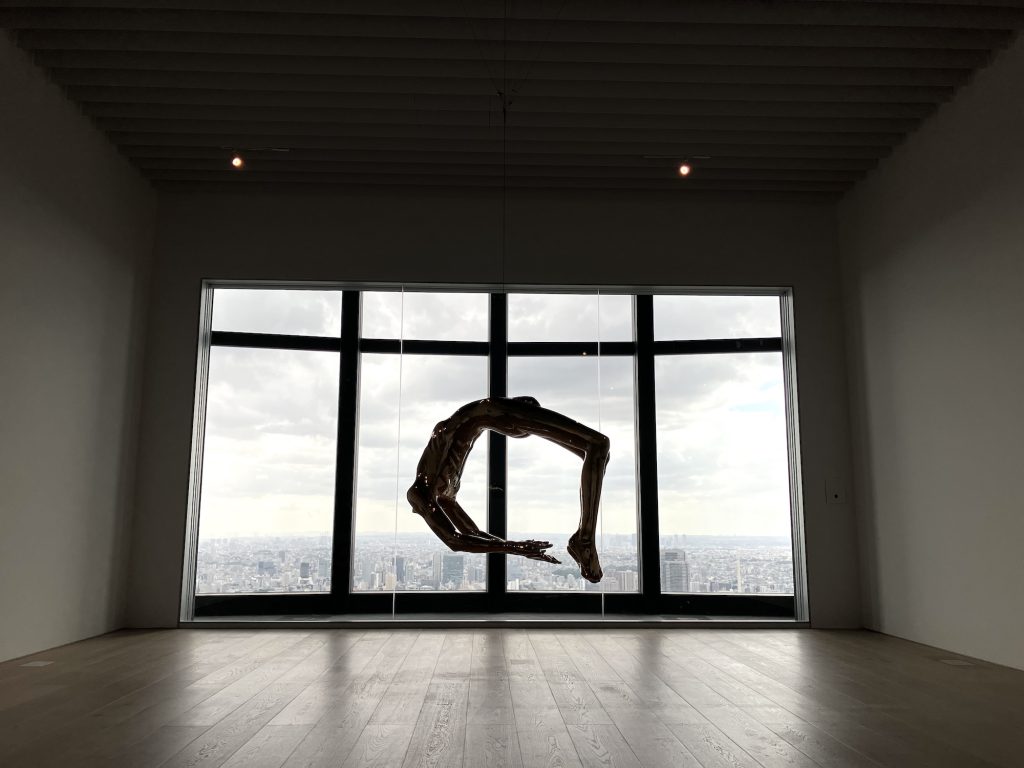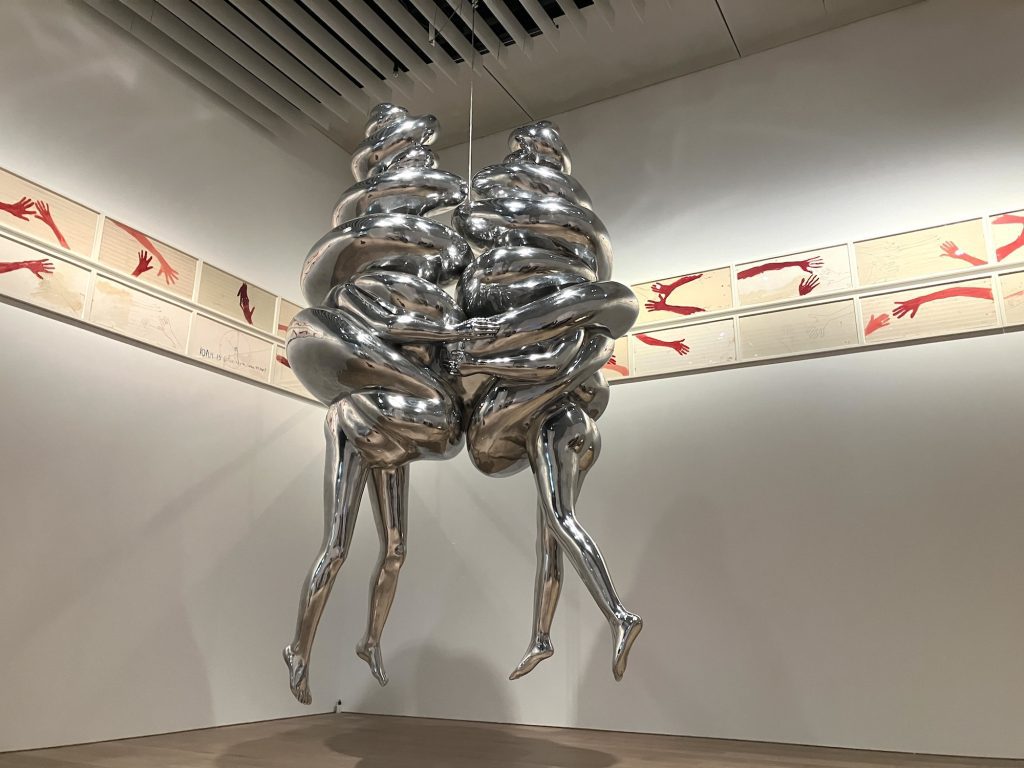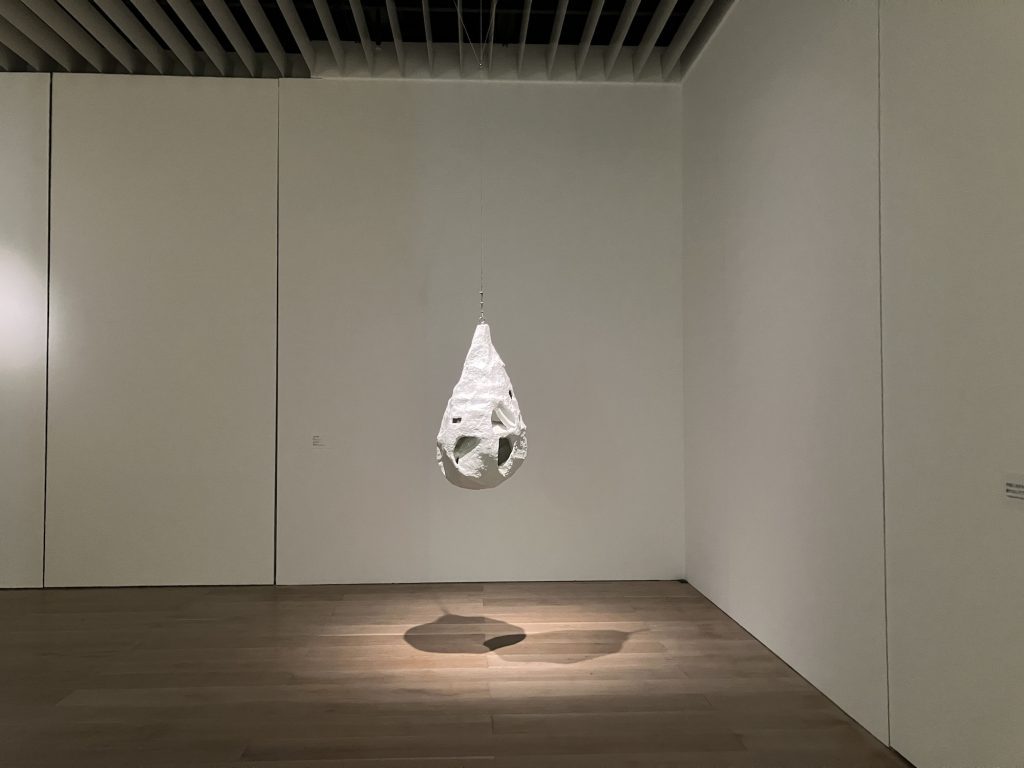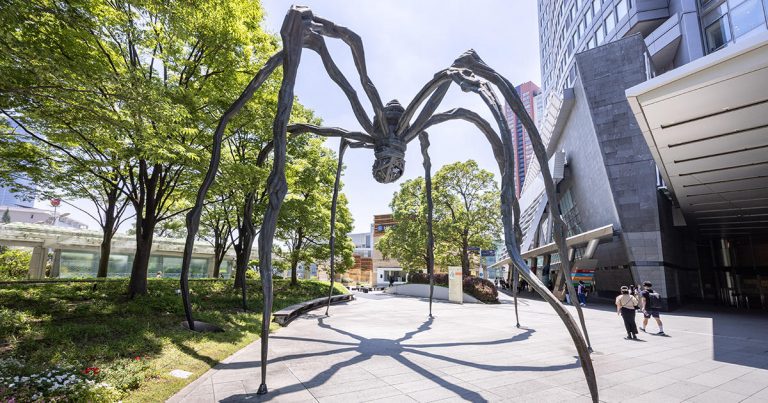The Mori Art Museum in Tokyo is currently showcasing Louise Bourgeois: I Have Been to Hell and Back. And Let Me Tell You, It Was Wonderful, an expansive exhibition running from September 25th, 2024, to January 19th, 2025. This comprehensive exhibition, the first major presentation of Bourgeois’s work in Japan in 27 years, features over 100 works that explore the artist’s unique approach to themes such as family, trauma, and psychological states. Divided into three chapters, the exhibition delves into Bourgeois’s personal experiences and emotional struggles, which she channeled into powerful works across various media including sculpture, installation, and drawing.
The first chapter, titled Do Not Abandon Me, focuses on Bourgeois’s complex relationship with her mother. Here, sculptures like Nature Study reflect the ambivalence of motherhood, with bodily fragments symbolizing psychic disintegration. The second chapter, I Have Been to Hell and Back, centers on her troubled emotions toward her father, exploring themes of jealousy, anxiety, and aggression. The seminal installation The Destruction of the Father presents a powerful fantasy of revenge, reflecting her deep emotional conflict.
In the final chapter, Repairs in the Sky, Bourgeois reflects on survival and emotional healing. Works like Topiary IV and Clouds and Caverns highlight her belief in art’s power to restore balance. This section showcases her lifelong attempt to make peace with her past through art, seeing it as a tool for psychological regeneration.
Between these chapters, two additional sections, called Columns, offer insight into different phases of Bourgeois’s career. Column 1, Fallen Woman, presents early works from her first years in New York, including the Femme Maison series and the anthropomorphic Personages. Column 2, Unconscious Landscape, focuses on her 1960s sculptures, such as Lair, which evoke both protective and confining spaces.
The exhibition space, designed by OFICINA.LA, complements the thematic divisions with immersive installations, guiding visitors through Bourgeois’s psychological and emotional journey. This retrospective is a rare opportunity to witness the depth of Bourgeois’s work, inviting viewers to explore how personal trauma and artistic expression intertwine in her groundbreaking career.

Courtesy of THE EASTON FOUNDATION/LICENSED BY JASPAR, Tokyo, and VAGA AT ARTISTS RIGHTS SOCIETY (ARS), New York, 2024

Courtesy of THE EASTON FOUNDATION/LICENSED BY JASPAR, Tokyo, and VAGA AT ARTISTS RIGHTS SOCIETY (ARS), New York, 2024

Courtesy of THE EASTON FOUNDATION/LICENSED BY JASPAR, Tokyo, and VAGA AT ARTISTS RIGHTS SOCIETY (ARS), New York, 2024

